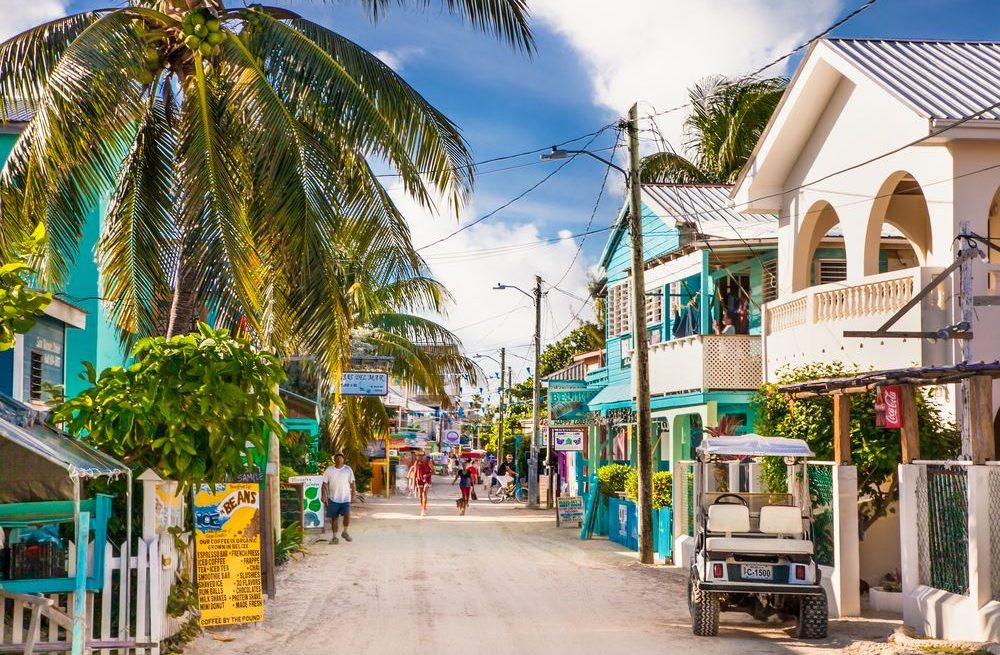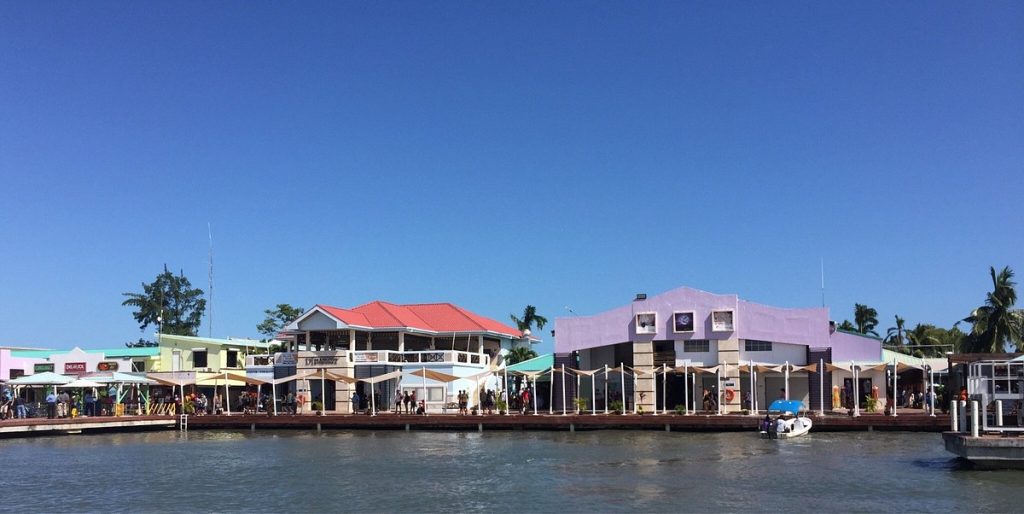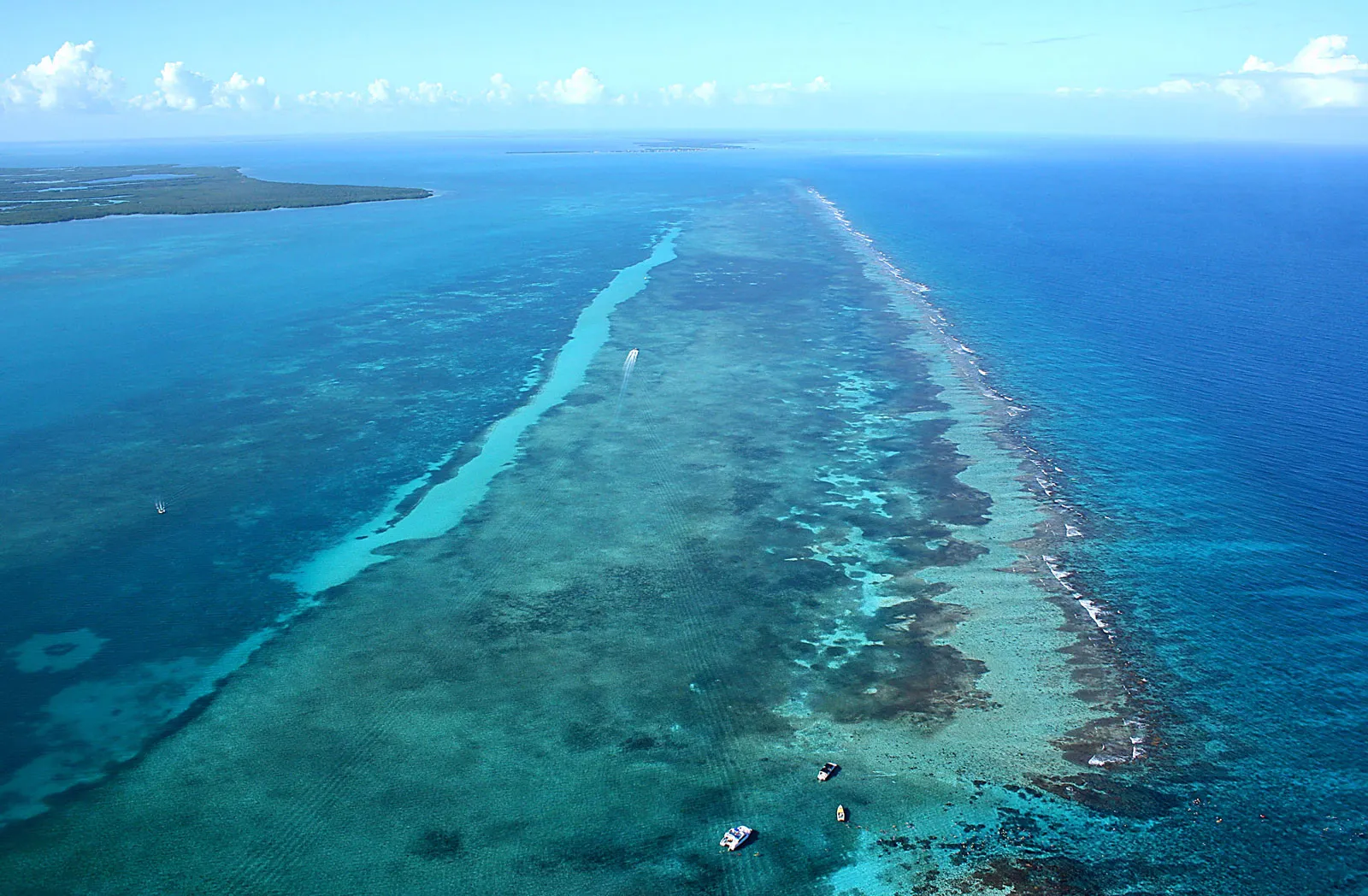—Written by Jaleeza Roberts, Edited by Tameka A Coley
Editor’s Note: The lure of development often arrives draped in promises—economic growth, modern infrastructure, jobs, progress—but for Belize coastal communities and other Caribbean shores, these promises usually mask steep future costs like displacement and dispossession. From the coral-fringed coasts of Belize to the Palisadoes tombolo in Kingston, Jamaica, small island nations find themselves wrestling with the same question: How do we build a prosperous future without jeopardising the ecosystems (and people) that have always sustained us?
In both of these countries, development projects aimed at boosting tourism and infrastructure are colliding with environmental vulnerability and threatening the livelihoods of coastal communities, while the people who know the lands best are too often excluded from the conversation. Climate justice journalists Tameka A. Coley (Jamaica) and Jaleeza Roberts (Belize) highlight their parallel battles and uncertain futures.
Tourism Boom Threatens Belize’s Marine Ecosystem
Belize’s rapid tourism expansion is accelerating overfishing and exerting severe pressure on the nation’s marine ecosystems, according to recent studies and environmental reports. Restaurants, hotels and other businesses catering to tourists increasingly demand fresh catch, driving up quotas for fishers.

Over the past decade, tourism has become one of Belize’s largest economic sectors, accounting for approximately 38% of the country’s GDP and employing around one-third of the workforce. Visitor numbers have surged by nearly 70% since 2015, fueling an unprecedented demand for seafood, particularly high-value species like lobster, conch, snapper, and grouper. Marine biologists warn that many fish populations are being harvested faster than they can reproduce.
Data from the Belize Fisheries Department indicates that lobster landings have declined by 28% over the last five years, while conch stocks are approaching critical thresholds identified by the Caribbean Regional Fisheries Mechanism (CRFM). “The ecological balance is tipping,” stated a 2024 report by the Belize Coastal Management Authority. “Unregulated demand from the tourism sector is a primary driver of unsustainable fishing practices.” According to fisheries data, snapper populations along the southern barrier reef have declined by approximately 35% since 2018.

Meanwhile, anecdotal evidence from several fishing cooperatives suggests that larger, more mature fish are becoming increasingly rare— a sign of ecosystem stress. Further compounding the issue is the degradation of critical habitats. Coastal development for hotels, resorts, and marinas has led to the removal of mangrove forests and damage to seagrass beds, key breeding grounds for many fish species. A 2023 study by the Healthy Reefs Initiative found that Belize has lost 23% of its coastal mangroves since 2000, much of the loss attributed to tourism-related construction. This loss of mangroves not only threatens marine biodiversity but also undermines coastal defences against storms and erosion. Although Belize has established marine protected areas (MPAs) covering approximately 20% of its territorial waters, enforcement remains inconsistent.
Illegal fishing activities, often spurred by rising market demand, continue to occur, even within designated no-take zones. According to patrol reports by the Belize Fisheries Department, illegal lobster and conch harvesting incidents inside MPAs rose by 17% between 2022 and 2024. This is detrimental to Belize coastal communities’ futures.


Sustainability initiatives, such as catch share programs and community-based fisheries management, have been introduced in several coastal regions. However, adoption remains partial, and funding for monitoring and enforcement is limited. Small-scale fishers, who represent about 90% of Belize’s fishing sector, often lack the financial resources and alternative livelihood options to fully transition to sustainable practices.
International bodies, including UNESCO and the World Wildlife Fund, have raised concerns about the long-term viability of Belize’s marine resources under the current trajectory. Belize’s Barrier Reef Reserve System, a UNESCO World Heritage Site, narrowly avoided being listed as “in danger” in 2018 following national conservation efforts, but ongoing pressures from tourism-driven overfishing risk reversing those gains. A 2024 assessment by UNESCO noted that “unsustainable coastal development and fisheries exploitation remain critical threats.”

Without comprehensive regulation of seafood demand, stricter enforcement of conservation measures, and significant investment in alternative income sources for fishing communities, experts warn that Belize faces escalating marine biodiversity loss and economic risks to its fisheries and tourism sectors. Marine scientists emphasise that a shift toward sustainable tourism, including responsible seafood sourcing and better-managed marine areas, is essential to safeguarding Belize coastal communities and, by extension, the country’s economic and environmental future. —Jaleeza Roberts
Editor’s Note: Belize is not alone. Across the Caribbean Sea, a runway expansion project in the Kingston Harbour has sparked concern among fisherfolk and environmentalists. Just as Belize’s reef is being strained by unsustainable tourism, Jamaica’s protected coastline is under threat from the very infrastructure meant to propel the island’s economic future. Click here to learn more.
###
Jaleeza is a devoted Harry Potter fanatic; she has a deep appreciation for historical literature and enjoys studying the lives of philosophers. A believer in a higher being, Jaleeza is motivated to live a purposeful life, knowing she has a mandate to fulfil here on Earth.
This story was originally published by Writes and Kulcha, with the support of the Caribbean Climate Justice Journalism Fellowship, a joint venture between Climate Tracker Caribbean and Open Society Foundations.

